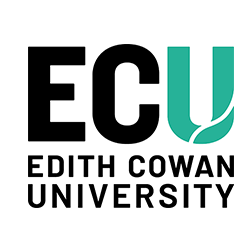Author Identifier (ORCID)
J. C. Wang: https://orcid.org/0000-0003-2476-928X
L. C. Zhang: https://orcid.org/0000-0003-0661-2051
Abstract
Compared to other loading conditions, studies on deformation mechanisms of additive manufacturing (AM)-produced β-type Ti alloys under bending remain limited. This study investigates a metastable β-type Ti–25Nb–3Zr–3Mo–2Sn (TLM, wt.%) alloy fabricated via laser powder bed fusion (L-PBF) during in-situ three-point bending. In-situ observations using scanning electron microscopy (SEM) combined with electron backscatter diffraction (EBSD) and ex-situ transmission electron microscopy (TEM) imaging during bending provided evaluation of microstructural changes and deformation mechanisms. These mechanisms are characterized by dislocation slip, {332}<113>β deformation twin, α" phase, and ω phase formation during plastic bending stage. The {112}<111> slip system dominates in the compression zone, while the {123}<111> slip system governs in the tension zone during bending. The synergistic effect of twinning-induced plasticity (TWIP) and transformation-induced plasticity (TRIP) significantly enhances the ductility of L-PBF-produced TLM alloy. The deformation involves stress-induced α" and ω phases, with the latter can form within grains/twinning band and at twinning boundaries. Importantly, the presence of the interfacial twin boundary (ITB)-ω thin layers at twinning band boundaries exerts a pinning effect, restraining the outward extension of stress-induced α" phase. This mechanism suggests optimized utilization of space within twinning bands, facilitating α" nucleation and uniform growth, thereby providing insights into further enhancing ductility.
Document Type
Journal Article
Date of Publication
3-1-2025
Volume
925
Publication Title
Materials Science and Engineering: A
Publisher
Elsevier
School
Centre for Advanced Materials and Manufacturing / School of Engineering
Funders
Edith Cowan University (23965) / National Natural Science Foundation of China (52404382) / Australian Government Research Training Program Scholarship / Forrest Research Foundation / TechWorks FutrueLab at The University of Western Australia / Woodside Energy Group Ltd
Creative Commons License

This work is licensed under a Creative Commons Attribution 4.0 License.


Comments
Ma, H. Y., Wang, J. C., Liu, Y. J., Li, Y. H., Zhang, Y. S., Liu, X. C., & Zhang, L. C. (2025). In-situ microstructural evolution and deformation mechanisms of metastable beta titanium fabricated by laser powder bed fusion under flexural stress. Materials Science and Engineering: A, 925, 147873. https://doi.org/10.1016/j.msea.2025.147873